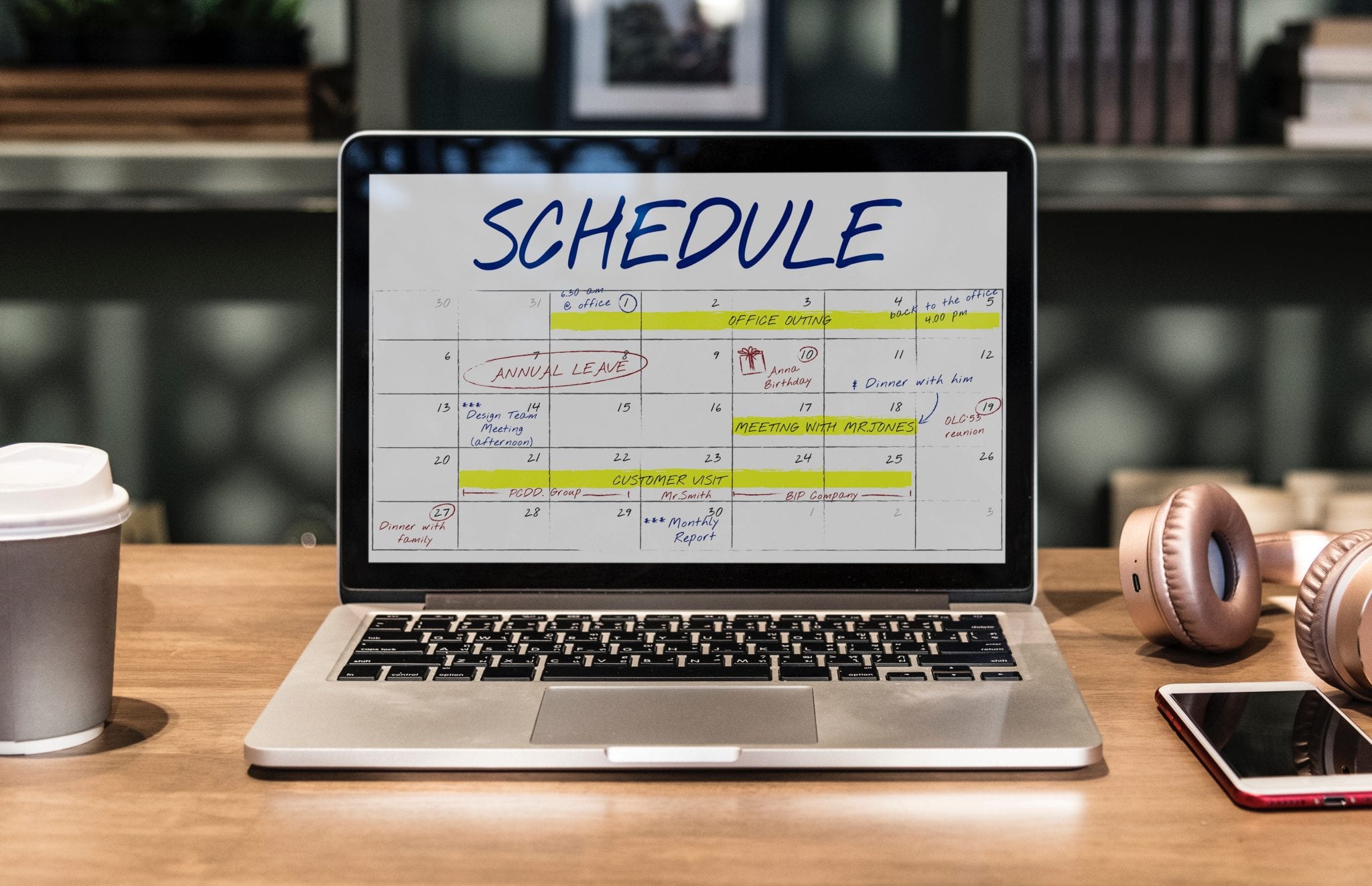
Without warning, your manager calls a status update meeting. You groan, put your stuff down, and shuffle off to the conference room.
The meeting starts off well, but then it goes down a rabbit hole. Your manager can’t seem to follow the agenda and keeps going on tangents. On top of that, you have a deadline to meet in an hour. That’s when you start questioning why this meeting was called in the first place.
In the U.S., unproductive meetings cost an estimated $399 billion each year. They not only waste money but also irritate team members and slow the pace of work.
Making meetings productive and efficient is a business imperative. Here are some ways to make the most of every work meeting:
1. Finish Priorities Ahead of Time
During a meeting, you shouldn’t be worried about the time you have to complete your tasks. Make it a point to finish your priorities beforehand so you can focus on the conversation.
Use the Pomodoro Technique to get ahead. With the method, you focus deeply on one task for any amount of time you like — often 5, 20, or 45 minutes. During that time, you do nothing but the task you set out for yourself. That means no checking Facebook or updating Twitter. After that time is over, take a short break before repeating the cycle.
2. Make an Agenda
It’s easy to get off task when you don’t have a guide to keep you on track. Make an agenda before for your meeting, circulate it to your team members, and stick to it. That way, everyone knows what to expect.
When you make an agenda, think about what action items need to be accomplished. For example, if your meeting is supposed to discuss yearly marketing goals, make a list of them and cross off goals as they’re discussed.
3. Start and End on Time
Delaying a meeting’s start time can completely throw off your agenda. Begin on time to show your team that you respect their schedules.
By starting on time, you communicate that everything will go according to plan. At the same time, you set an expectation of punctuality for attendees.
Be sure, too, to end the meeting at a predetermined time. By limiting meeting length, you push yourself to be efficient. You might find that a meeting you thought would take an hour only required 30 minutes.
4. Cap Attendance
Meetings can be unproductive when people are invited who don’t need to be there. Address this issue by capping attendance based on the topic to be discussed.
If the meeting is about client service best practices, ask only your client services staff to attend. If you’re discussing engineering goals for a new software launch, invite just your engineers, project manager, and product owner.
5. Don’t Require Attendance
One of the most annoying aspects of meetings is required attendance, especially for those who have deadlines coming up. It’s better to let people off the hook who can better serve the company elsewhere.
An efficient way to indicate that you opt out is to set your calendar availability accordingly. You and others who opt out should ask for a recording of the meeting and, if appropriate, provide feedback via email.
To optimize your calendar availability:
- Make sure your availability matches that of your company.
- Choose your own “no meetings” hours.
- Decide who can view your availability.
- Merge your personal and professional calendars.
- Give people a heads up about exceptions.
6. Schedule Breaks
If you plan on holding a meeting longer than an hour, schedule a break in between. A good break refreshes your mind and helps you restore your attention.
Grab some coffee or a snack. Meditate for a few minutes. Use the bathroom, or get a drink. You’ll come back refreshed and ready for the second half of the meeting.
7. Make it Fun
Who says meetings have to be boring? You could host a roundtable brainstorm session to motivate your team of writers. A roundtable brainstorm is when everyone sits in a circle and spits out whatever comes to mind. This helps people get their creative juices flowing.
Or, you could make every weekly meeting themed and encourage employees to dress up. Perhaps this Thursday’s meeting is a Hawaiian theme. Employees could wear luau gear and develop an agenda with luau vocabulary. Fun activities create engagement, which boosts focus and productivity.
8. Participate
You get more value from meetings when you have a voice. Make your voice heard during meetings, even when it feels difficult.
Some ways to participate during meetings include taking notes, contributing to discussions, and picking your battles. It’s also important not to dominate the conversation. Soften your objections so they’re taken in stride.
9. Follow Up Afterward
After meetings, it’s common for people to have additional concerns. Keep this in check by sending out a post-meeting follow-up message.
At the end of the meeting, take five minutes to recap the discussion in an email. If there’s a lot to discuss and just a few people who need to hear it, schedule a follow-up meeting. These are perfect for talking through project briefs or delegating tasks.
The truth is, a huge number of business meetings are wastes of time. Be thoughtful with who you invite, stick to the script, and don’t be late. Meetings can be productive, but only if you put in the effort.









